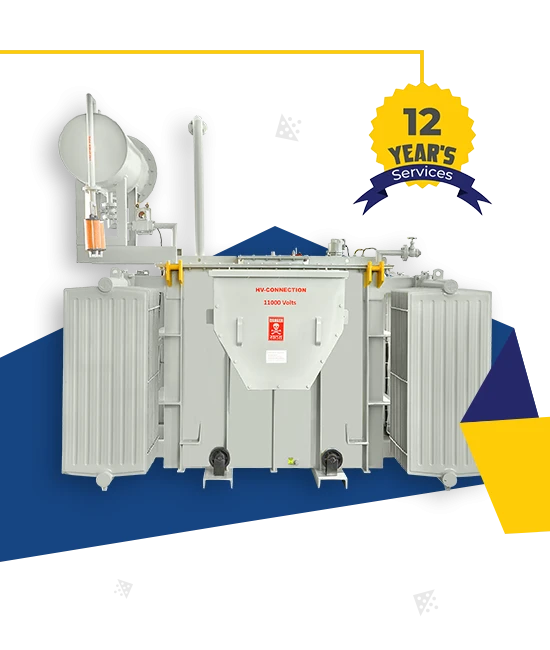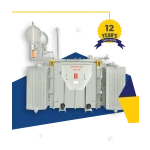
How Distribution Transformers Help Reduce Power Losses.
Electricity travels a long way from power plants to your home or business. Along this journey, a considerable amount of power can be lost due to resistance, voltage drops, and inefficient equipment. One of the most effective ways to reduce these power losses is through the use of distribution transformers. These transformers serve as a vital link between high-voltage transmission systems and low-voltage consumer networks, ensuring electricity is delivered safely, efficiently, and with minimal loss.
1. Voltage Regulation Reduces I²R Losses
Distribution transformers help reduce power losses by stepping down high transmission voltages to lower, usable levels. Higher voltage transmission reduces the current, and since power losses due to resistance (I²R) increase with current, this reduction leads directly to lower losses.
2. Optimal Placement Near Load Centers
Placing distribution transformers close to the end-use point, such as residential or commercial areas, reduces the length of low-voltage lines. Shorter lines mean less resistance and therefore lower energy losses.
3. Improved Efficiency Through Design
Modern distribution transformers are designed for higher energy efficiency using better core materials, optimized winding techniques, and lower no-load and load losses. These improvements reduce the amount of energy wasted as heat and magnetic losses.
4. Minimized No-Load and Load Losses
No-load losses occur even when the transformer is energized without load. Efficient transformer cores made of high-grade silicon steel minimize this. Load losses happen during operation and are reduced with superior copper winding and compact designs.
5. Reduced Voltage Drops
By stepping down voltage at the distribution level, transformers help maintain voltage stability across the grid. This reduces the need for re-transmission and energy compensation, further cutting down power wastage.
6. Supports Load Balancing
When properly installed, distribution transformers assist in load balancing across the grid. Balanced loads reduce strain on conductors and transformers themselves, lowering the chances of overheating and energy loss.
7. Enhanced Reliability and Grid Stability
Efficient transformers reduce fluctuations and overloads that contribute to energy waste. A stable grid minimizes the need for redundant or backup systems that consume additional energy.


